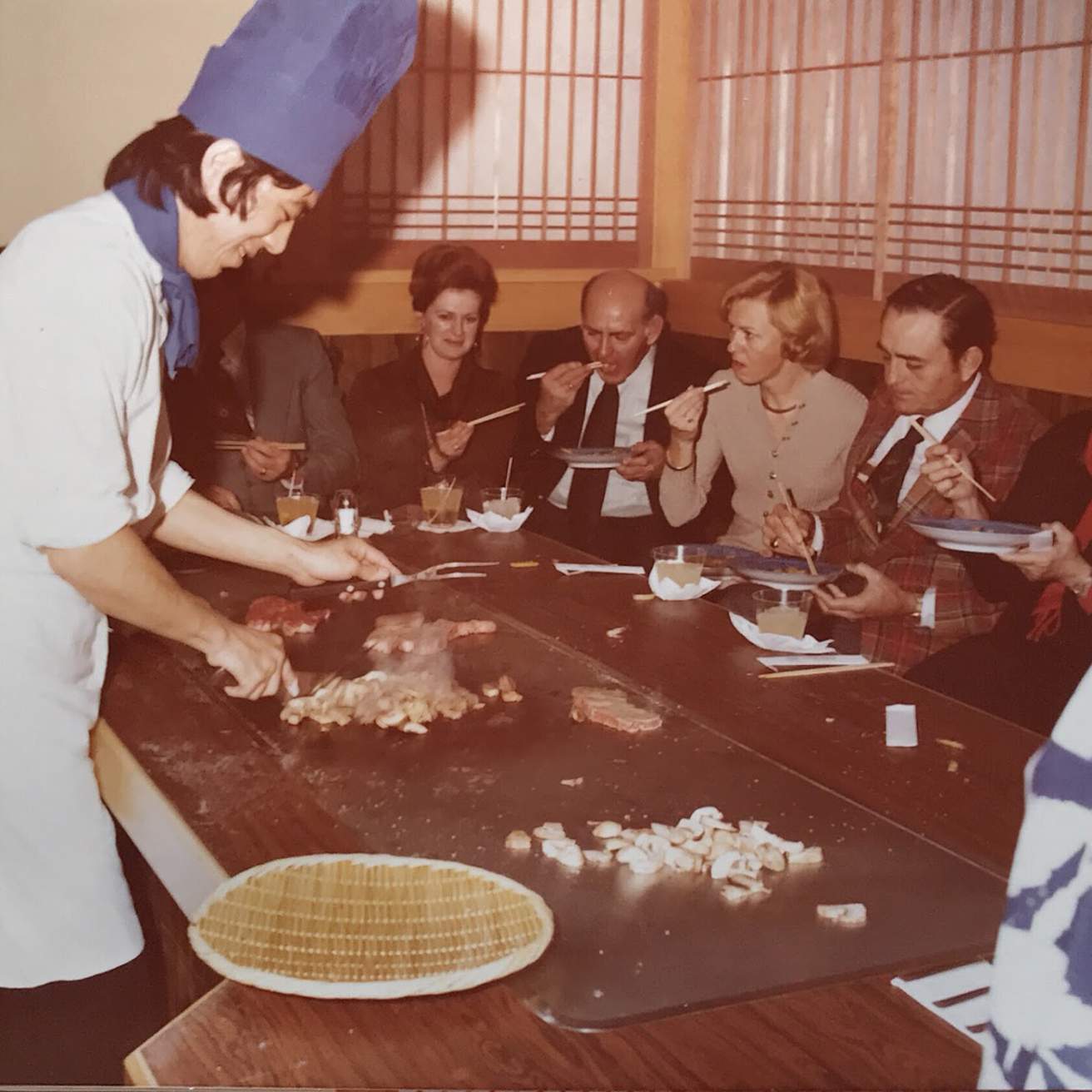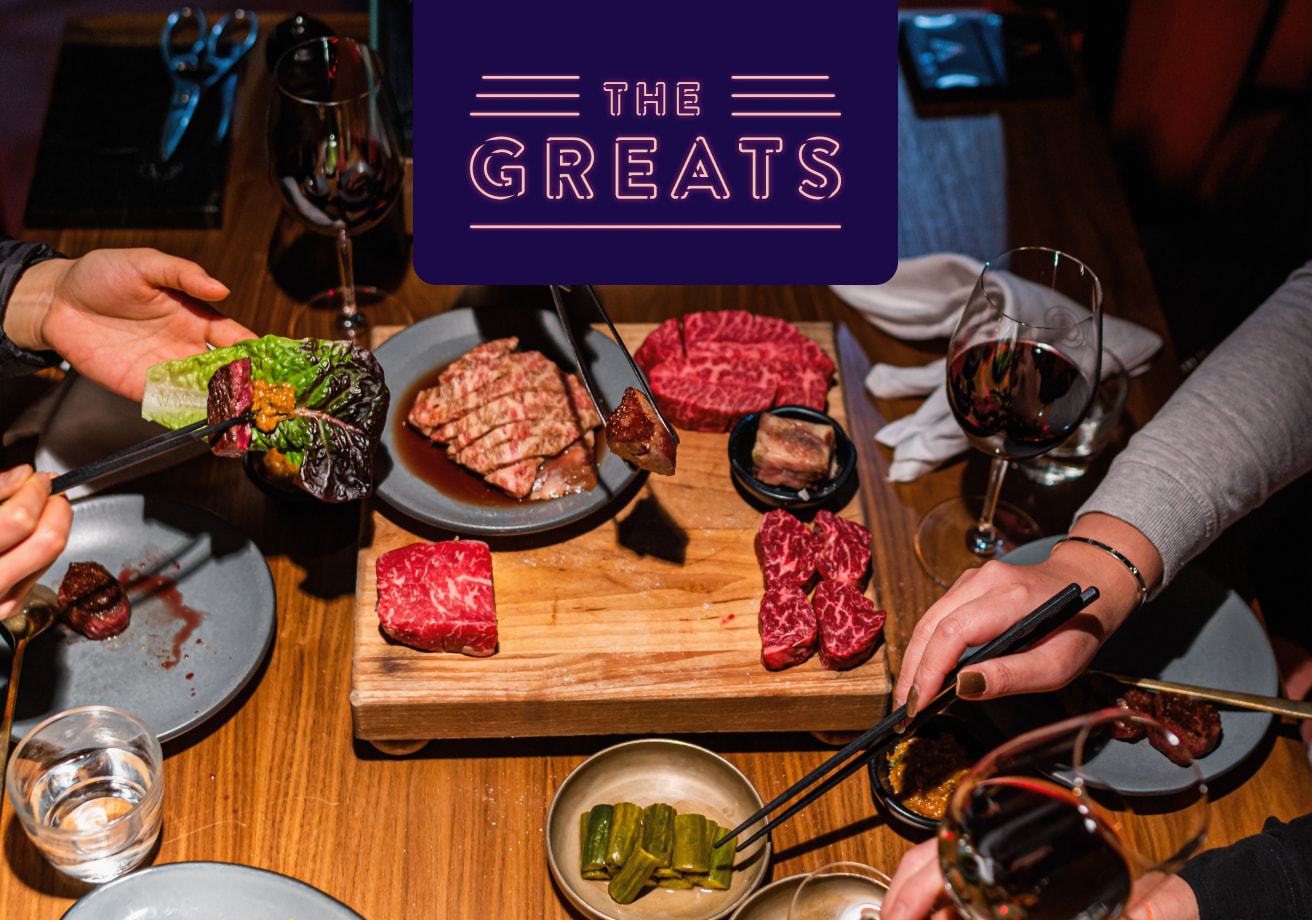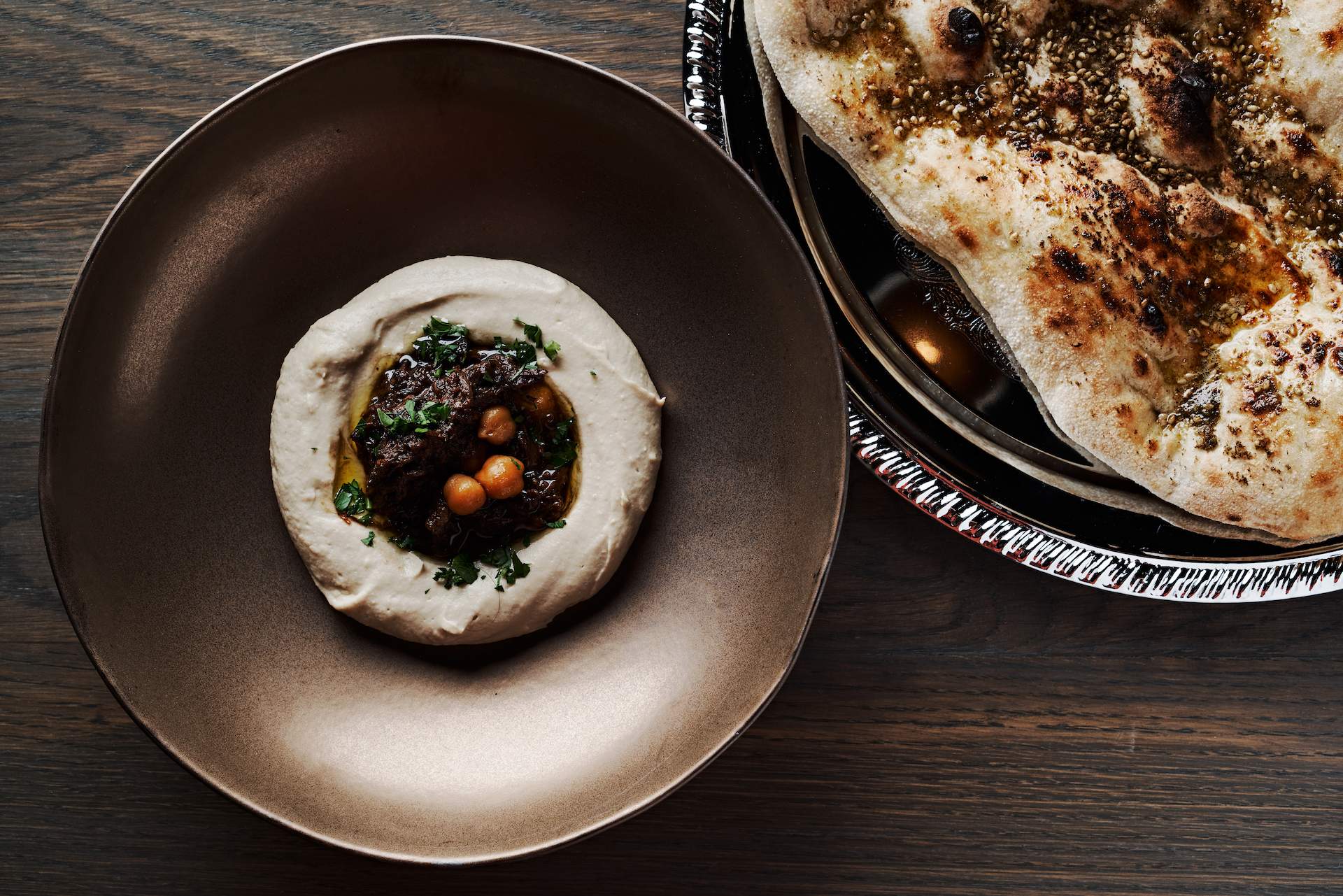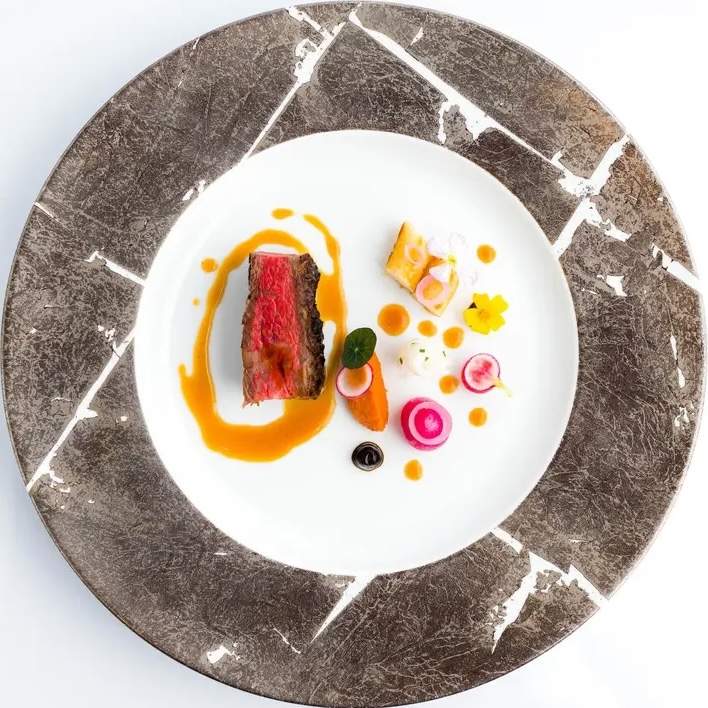Whenever Sachiyo Nakato Takahara—the third-generation owner of Nakato, Atlanta’s oldest Japanese restaurant—takes a detour from traditions, she recalls her late grandmother, Tetsuko. “When we first began serving tempura in the 1970s, my grandmother considered serving it with ketchup instead of dashi broth,” she reveals, underscoring the family matriarch’s willingness to occasionally overlook customs.
Ultimately, her grandmother didn’t reach for America’s favorite condiment. “But she was open to it,” Takahara says. “And that gives me the peace of mind to try different things.”
It’s been half a century since Tetsuko, an immigrant from Kyushu, Japan’s third-largest island, founded Nakato, introducing her native cuisine to a city where locals once snubbed raw fish. Tetsuko, who first arrived in the United States to visit family in 1971, fell for Atlanta’s striking green spaces—and the charms of Southern hospitality. “By the time she was done with that trip, she already had property purchased,” Takahara shares.
While Nakato no longer stands at its original address on Piedmont Avenue, its newer Cheshire Bridge Road location, built in 1991, still whips up teppanyaki, tempura, hotpot, and sushi dishes with a generous helping of omotenashi, the bend-over-backwards service steeped in Japan’s tea ceremony rituals. It’s this signature service, paired with an ever-present owner and weekly seafood deliveries from Japan, that fuels the restaurant’s competitive edge. But being hardwired to evolve is also part of Nakato’s DNA.
When Nakato first swung open its wooden doors in 1972, it served the hibachi experience to uninitiated Atlantans; a sushi bar was added two years later. In the decades that followed, under Takahara’s mother Hiroe’s guidance, both the interiors and the menu blossomed; the latter grew to include grilled fish and sashimi. After Takahara took the reins in 2003, she brought on dedicated sake advisors, tasked with designing dinner pairings. Then the restaurant embraced digital advertising, along with an online reservations system and third-party delivery services for online orders.
“There was some friction,” she admits, referring to her parents, who were reluctant to relinquish the restaurant’s big red book for OpenTable. “But they figured out how to rely on the younger generations, [employees] who were really comfortable behind the system.”
As the restaurant turns 50 this year, Takahara considers Nakato’s next act, reflects on its foundation, and discusses why the family-run business is much more than an ordinary enterprise.
A cultural hub
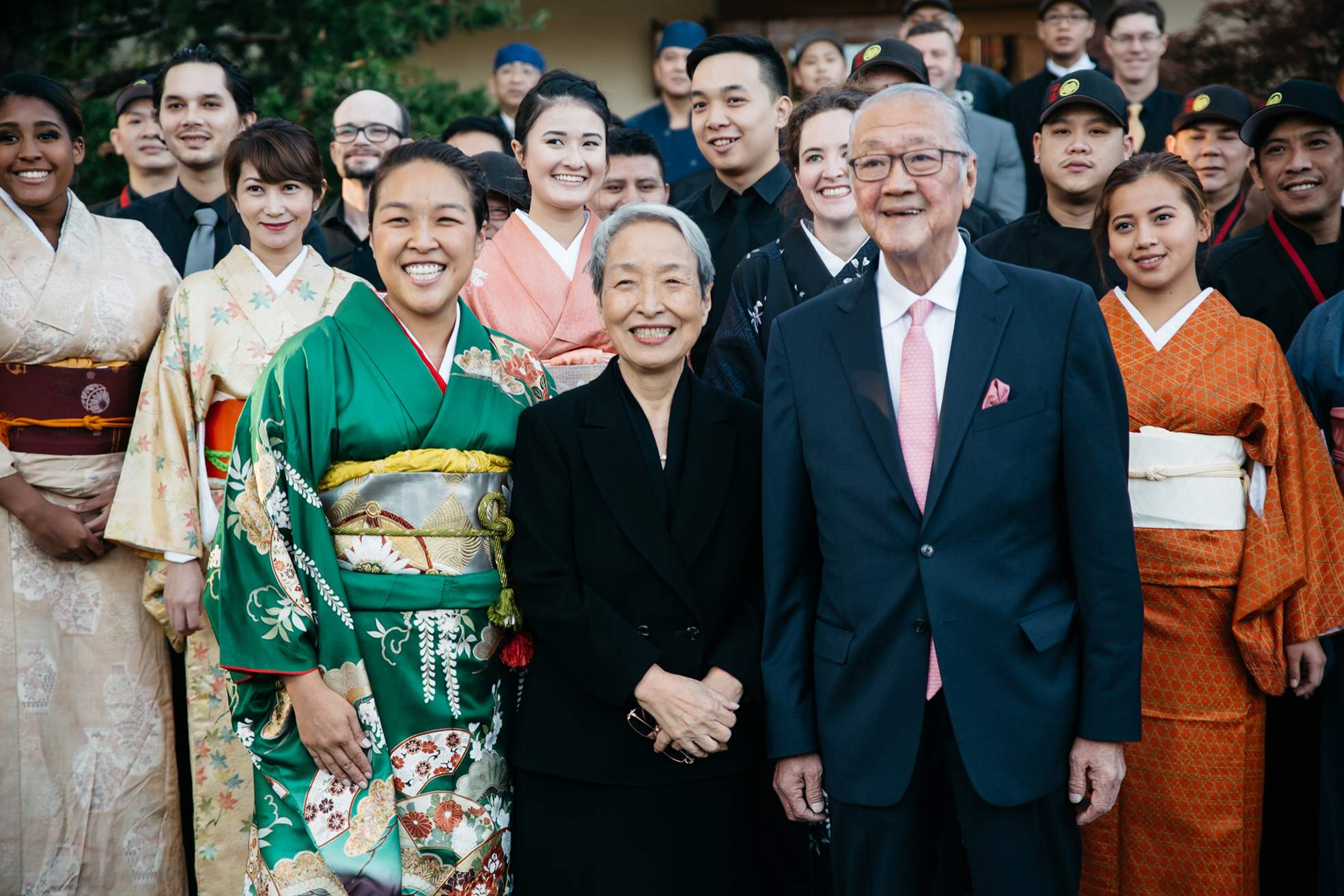
Nakato’s early days, which involved recruiting sushi chefs directly from Japan, coincided with Jimmy Carter’s time as governor. “He was pushing for international businesses to invest in Georgia in a big way,” Takahara explains, highlighting the would-be president’s efforts to woo Japanese companies.
It’s partly why many of the restaurant’s initial diners included Japanese businesspeople craving the tastes of home. Nakato, which predated the Japanese consulate in Atlanta, doubled as an unofficial community center for the area’s Japanese transplants. “We had something to offer outside of just a good meal and good service,” Takahara adds. “It was a base for people to congregate.”
Takahara maintains that the restaurant still delivers a version of that community-building aspect, courtesy of features such as a Japanese tea room, which hosted sado, or tea ceremony lessons, prior to the pandemic. Before COVID-19, Nakato’s rare tatami rooms (the restaurant’s private dining areas that channel traditional Japanese homes) also held flower arrangement courses. And like her grandmother, Tetsuko, Takahara is always buzzing around. “I’m in there all the time. It’s a vice and a constant balancing act between home and the restaurant, but I love it,” she admits.
When diversity delivers
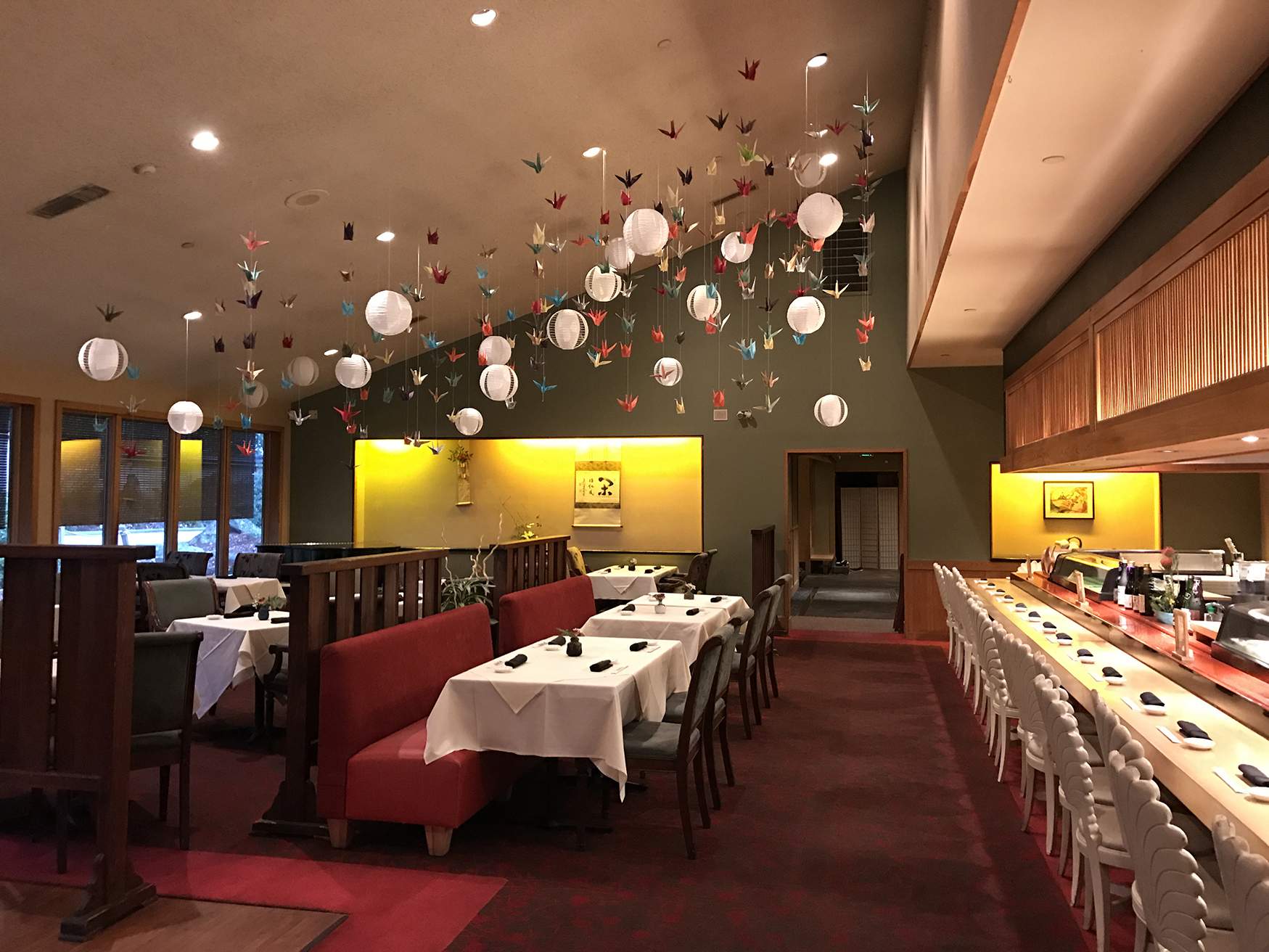
‘“Which side would you like?’ is the first question we always ask our diners,” Takahara says. She’s referring to Nakato’s two distinct dining spaces, the serene sushi bar and the much livelier hibachi counters. The restaurant’s sustained success can be attributed to the presence—and popularity—of both.
“I used to hate that my parents didn’t think about keeping the restaurant a little more simplified rather than being the be-all and end-all of Japanese cuisine,” says Takahara, who began helping out with the family business as a teenager, waiting tables on weekends. Nakato’s prolific menu seemed to contradict Japan’s specialty-driven restaurant tradition. “In Japan, you go to any streetscape and you’ll see a sushi restaurant, and another focusing solely on tempura, or udon, or soba. Each menu item can stand on its own,” she continues.
In 2020, however, Nakato’s staggering range proved to be its saving grace. “When the pandemic hit, the diversity is what helped us,” says Takahara, explaining that families ordering meals from third-party delivery services could treat Nakato as a one-stop shop—sushi for the parents, hibachi shrimp for the kids—rather than relying on multiple restaurants. “I think that’s a big part of how we were able to get through Covid,” she insists, pointing to the to-go business growing five times during the pandemic.
Nakato ‘Hibachi’ Japanese Restaurant
Nakato Sushi Bar
Omotenashi for all
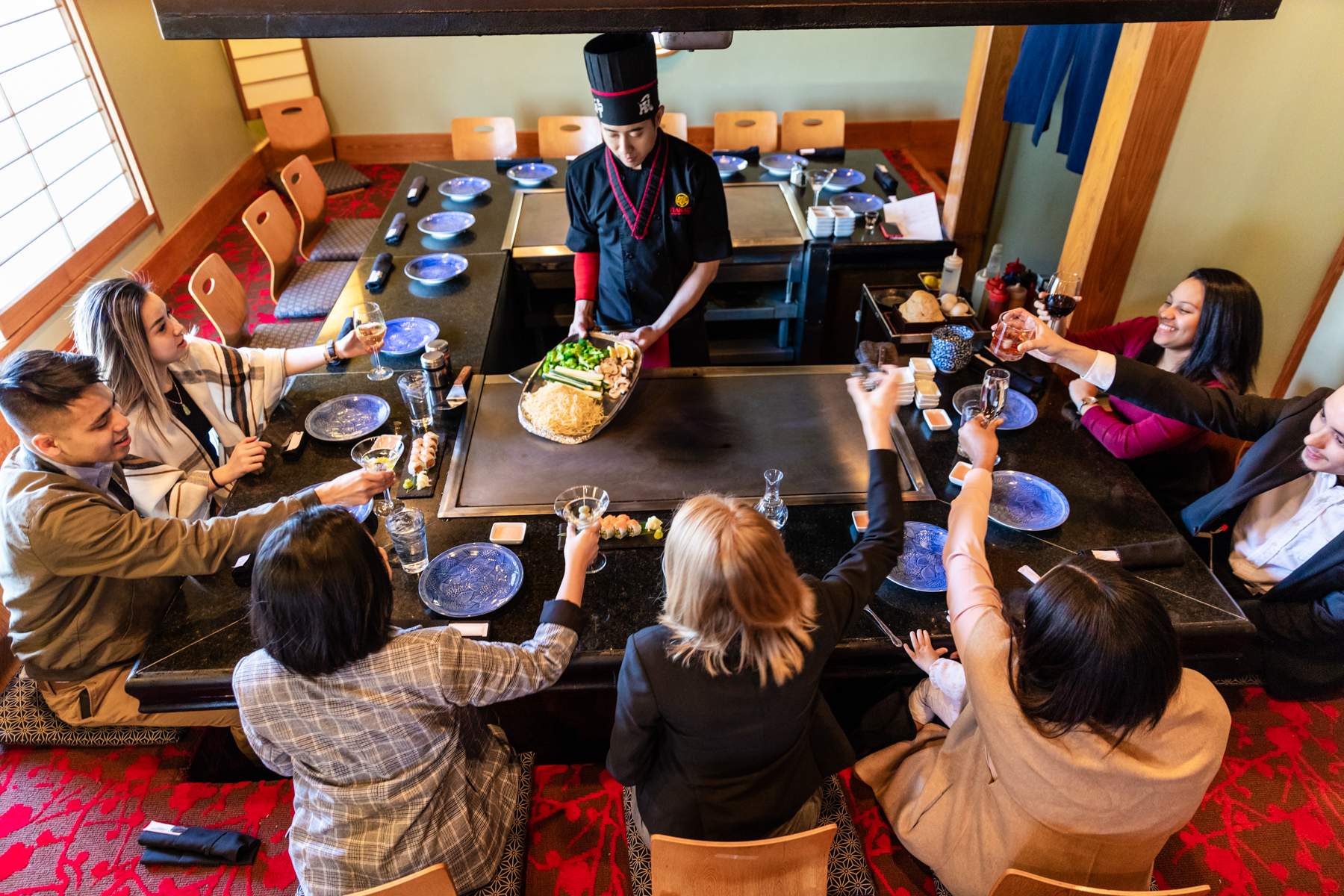
Whether it’s Nakato’s host, gently opening the double doors moments before a diner even ascends the staircase entryway, or a server being swift with the check for parents wrangling young children, omotenashi takes on many forms here. “In Japan, the silent language has so much more weight than the spoken language,” says Takahara. “To notice the guest and their moods, and to observe and react according to them, is the omotenashi I want to teach.”
But conveying that seamless, anticipatory form of service to a staff that is largely American—“they’re used to having a guest ask for something,” Takahara says—isn’t always easy. It’s why Takahara makes an effort to instill omotenashi within the employee ecosystem first. Her staff is encouraged to say “good mornings” and “thank yous,” prop doors open for one another, and even fold the corners of toilet paper rolls into tidy triangles (another common, detail-oriented Japanese practice). “Without experiencing omotenashi, you’re not going to be able to provide it,” she explains.
Nakato’s long life can be attributed to a steady, bicultural balancing act. The result is a warm, venerated, and versatile space catering to a kaleidoscopic clientele. “When the restaurant was passed down to me, I was really torn because I couldn’t figure out who my target market was,” Takahara says. “On one side, it’s a two-year-old celebrating a birthday, and on the other, you have Japanese CEOs using the tatami room, throwing down 150, 200 dollars per person like it’s nothing.”
“What makes Nakato special is that we take pride in keeping it true, but we are also open to seeing what our diners might prefer over what tradition says to do,” she continues. “And we just have to showcase our strengths, over and over again.”

